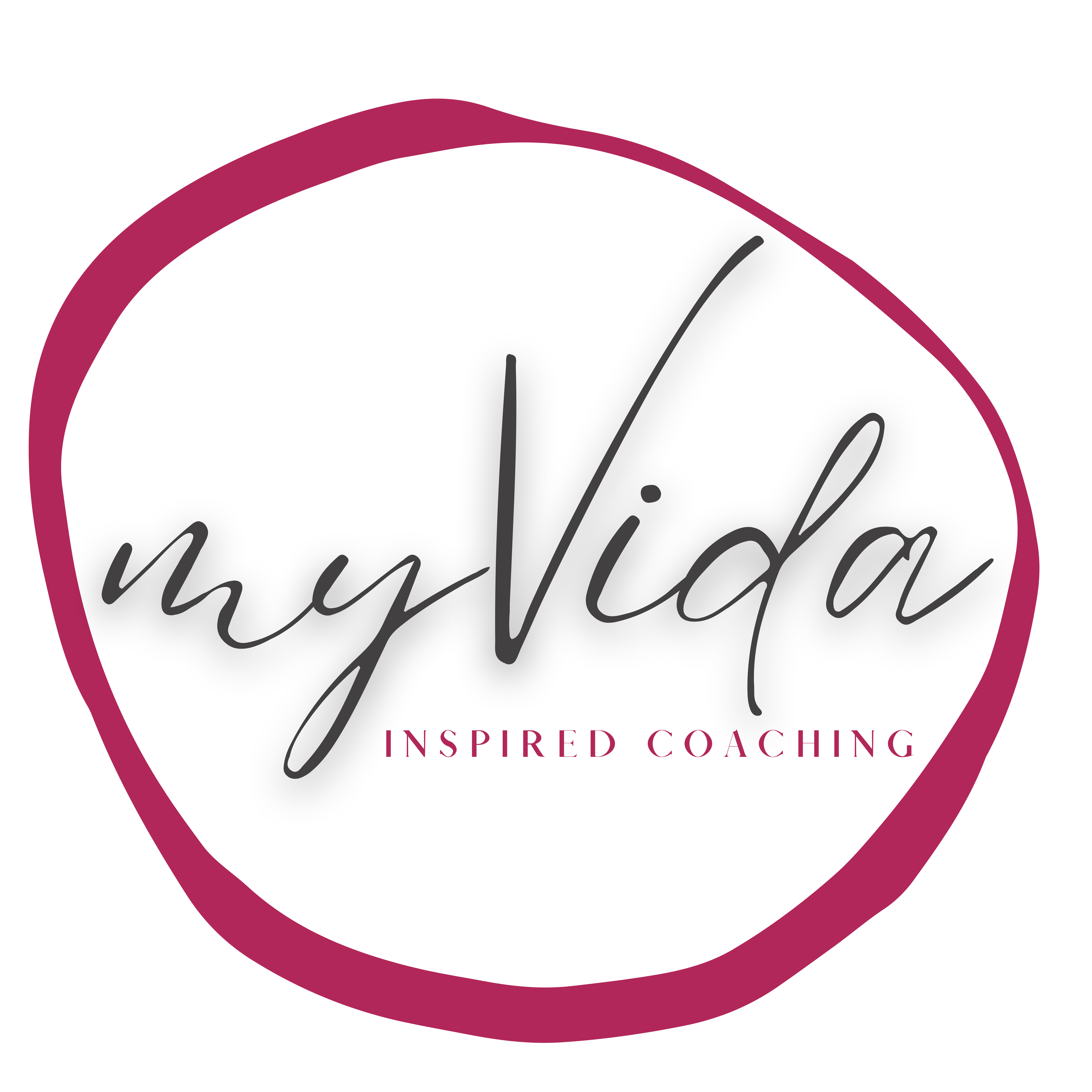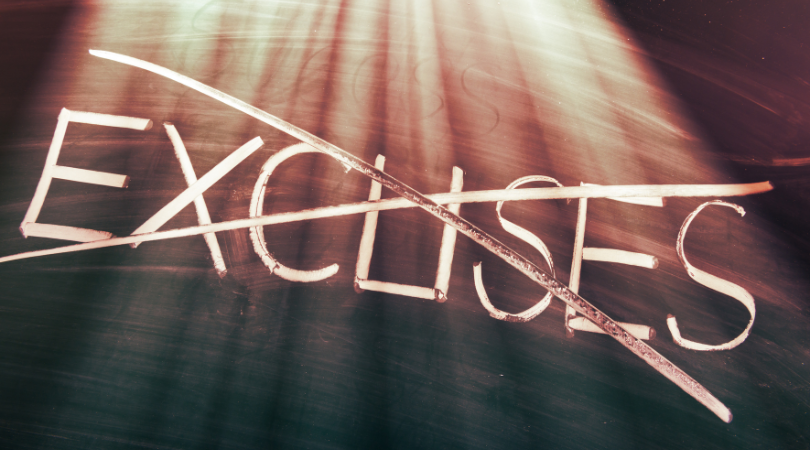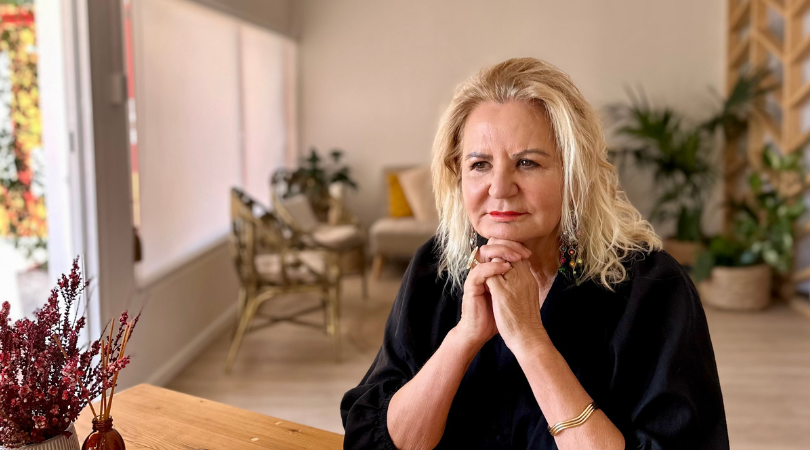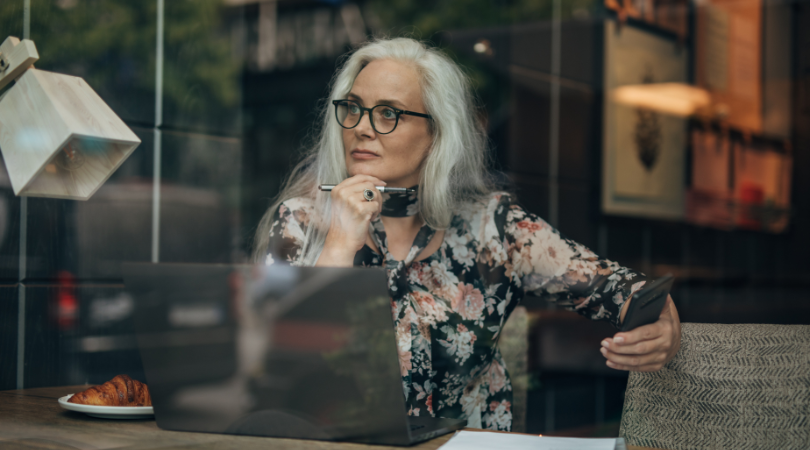Neuroscience, Phycology, and Social Sciences continually confirm that we can change how we feel, think, and act in a short period.
What can we do to show up more fully, be empowered and make choices that work for our good and the greater good?
Social psychologist Amy Cuddy gave a ground-breaking TED talk in 2012. She said our nonverbal thoughts, feelings, and physiology govern how other people see us and how we see ourselves. Our body stance affects our mood and confidence.
Amy said, “we smile when we feel happy, but also when we’re forced to smile by holding a pen in our teeth…it(then)makes us feel happy…”
Think of it like this: if you act as if you already have what you want, you are creating the conditions for the realisation of that want. A practised smile makes us feel happy even when we were not happy before the practice.
So, we can change our experiences and how we show up by changing aspects of ourselves, and this does not have to be some arduous therapy. It can be a simple practice.
Let’s look at a Power Statement, which helps us choose which characterises deliberately will best serve a particular moment by trying on the identity of someone we admire.
Power Statement goes like this: ‘How would __________ feel, think and act, at this moment, then do that.’
For example:
How would Richard Branson or Amy Cuddle or Ashleigh Barty or Fiona Stanley feel, think and act in this moment, then do that?
How would a confident speaker or inspirational leader, or great decision maker feel, think and act at this moment, then do that?
Power Statements are powerful in their ability to create a distance between our resistances (what holds us back), persistent beliefs, long-winded stories, un-resourceful habits, and our potential (the new identity).
Think of it like this
Neuroscience has validated what ancient wisdom traditions have known for thousands of years. We have complex, adaptive and functional neural networks, more commonly known as brains, in our head, heart and gut regions.
So, when you ask yourself how your adopted identity would feel, you check in with your heart intelligence for the compassionate answer. When you ask what your assumed identity would think, you check in with your head brain for a creative solution, and when you ask what action to take, you check in with your gut intelligence for an intuitive, motivating action.
So, when you try on how your identity feels, thinks, and acts, you experience a new reality from your collective intelligence beyond the limits of habitual patterns.
With regular practice, your unresourceful states of being will become resourceful.
If you want to know more, download a copy of My Power Statement here.




